I have used digital Isolators before in unidirectional Designs. I am now faced with isolating a bidirectional digital signal line. Specifically I would like to isolate the 2-wire debug interface of an STM32 and the STlinkV2. I have found a circuit that claims to be able to do this for a generic ARM Cortex. It uses an SI8662 6-ch, digital Isolation IC.
I have implemented the design on a prototype pcb. The unidirectional CLK signal arrives in quite a good condition after the isolator. The bidirectional Data signal however is severely degraded. Obviously this is due to the chain of the two isolator channels that feed back into the signal with a delay.
Here is a scope image of the Data line after the isolation IC:

My understanding of the cicuit is, that the 4k7 Resisors dampen the feedback signal and therefor the feedback should not be visible if the line is not driven at the outher side of the isolator. Is this correct? If so, how would one choose the values for these resistors?
If this is bad way to do it, is there any other approach to isolate bidirectional data lines?
